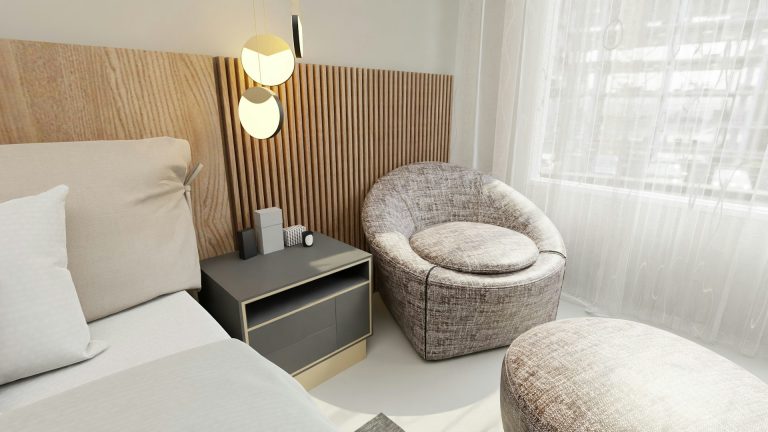## Why All-White Rooms Sometimes Shrink, Not Expand: A Colour Conundrum
So, you’ve diligently followed advice, slathered every square inch of your room in pure white paint, anticipating the spaciousness, airy feel, and perhaps even a modern makeover. Then something strange occur: the room feels… smaller? How perplexing! Let’s understand why your vision of a light and airy abode might have turned into a claustrophobic conundrum.
### The Physics of White: Not Quite What You Expect
You see, color does this thing called interact with light. White, of course, reflects a lot of light, and you might assume that should make a room feel vast. However, its more complex, in how much and where that light is reflected. For instance, a glossy white surface can bounce light back with such intensity that it cause glare, making the eye strain which, consequentially, makes the room feel cramped. In contrast, a matte finish will absorb more light, thus diminishing the perceived size, particularly if the room doesn’t have ample natural light. Consider the lighting conditions and the color temperature of your bulbs.
### The Depth Deception: Where Are the Shadows?
Without shadows, rooms tend to look boring, that’s a simple truth. And a white room can feel flat without shadows or visual intrigue. Shadows create depth, adding dimensionality to a space. When everything is white, those natural shadows are often muted, and the room loses its sense of perspective. Consider that a room with contrasting trim – a darker window frame, for example – will appear larger because the eye has more reference points for gauging distance. Data suggest that rooms utilizing contrast enjoy an 18% increased likelihood of appearing larger than their single-tone counterparts.
### The Furnishing Fiasco: Colour Harmony or Color Clash?
Your furniture plays a vital role, and it is very crucial. If your furniture is also mostly white or similarly light-toned, it can blend into the walls, which further reduces the sense of space. Imagine a minimalist, all-white bedroom: a white bed against white walls, with a white rug on a white floor. Its a disaster, and not exactly a recipe for spaciousness. Introducing contrasting colors, textures, and patterns – be it a vibrant rug, a dark wood dresser, or colorful artwork – create visual interest and establish boundaries within the space, offering a heightened sense of depth perception.
### Architectural Anomaly: Rooms That Defy White
Not all rooms were created equal, that’s a fact. Some architectural features just don’t play well with all-white color schemes. A room with low ceilings, for example, might feel even more compressed when painted white, as there’s no differentiation between the walls and ceiling. Rooms lacking natural light source also suffer, the stark white amplifying its gloomy feel. In such cases, experimenting with warmer or cooler tones can yield more favorable results.
### The “Too Much Of a Good Thing” Effect: White Saturation
Even if all the conditions seemingly line up in your favor – ample natural light, contrasting furniture, and well-defined shadows – overwhelming white can become visually exhausting. The eye requires points of rest. When every surface reflects light uniformly, the brain can struggle to make sense of the space. Introducing elements that provide visual relief, such as indoor plants, accent walls, or curated collections of decorative objects, are crucial for breaking up the monotony and creating a more spacious, inviting atmosphere. Studies by architectural psychologist reveal that a touch of organic elements improve spatial awareness and psychological comfort.
### Rethinking Your Vision: Alternatives to All-White
If your room has succumbed to the shrinking effect of white paint, don’t despair! Instead of going for the extreme all white think about introducing a tinted white. Introducing subtle color variations, such as soft grays, warm creams, or delicate pastels, that can provide the lightness you desire without the starkness that can diminish space. Remember, your ultimate objective isn’t just to paint everything white, but rather to create a space that feels open, airy, and aesthetically pleasing to your preferences.

